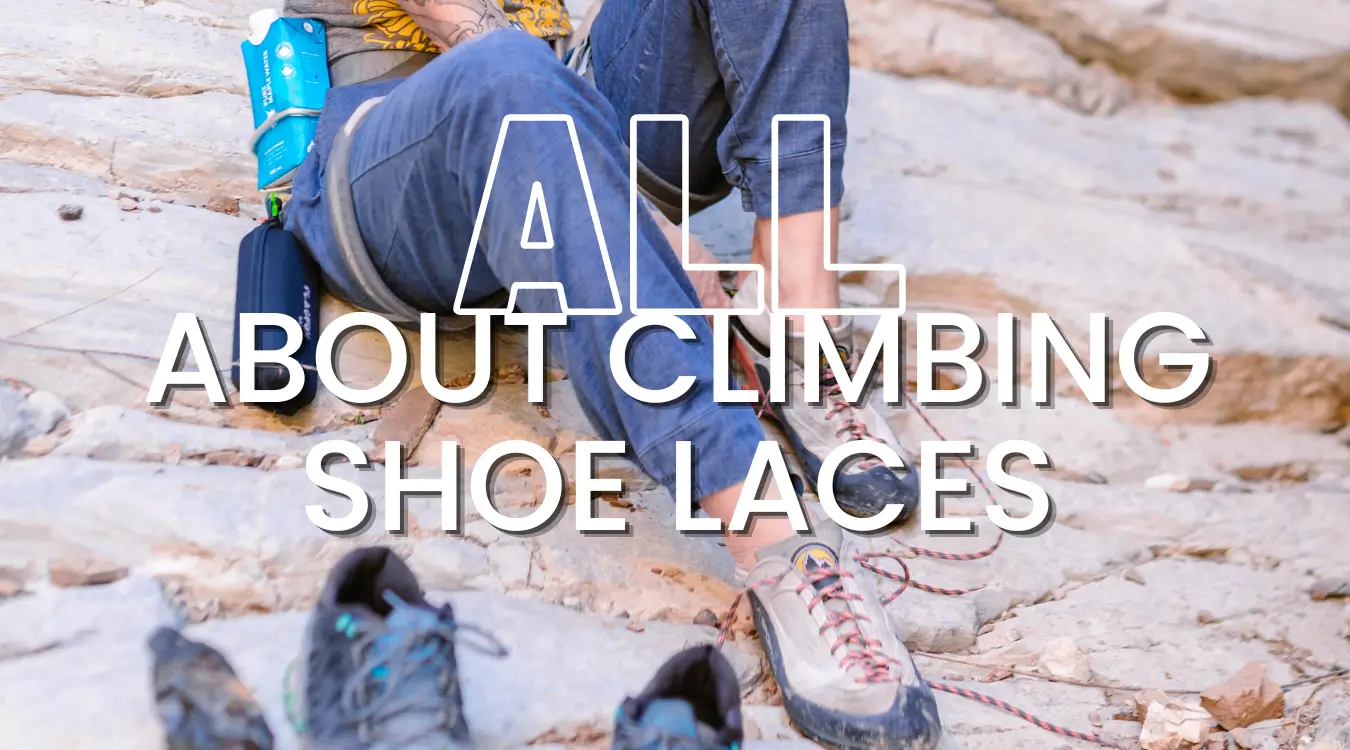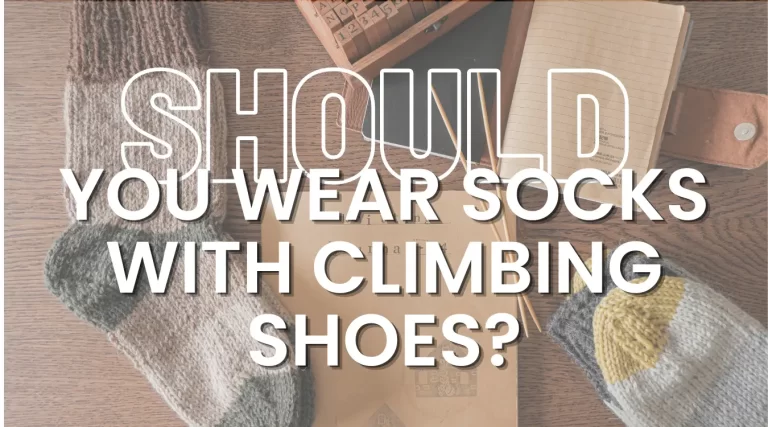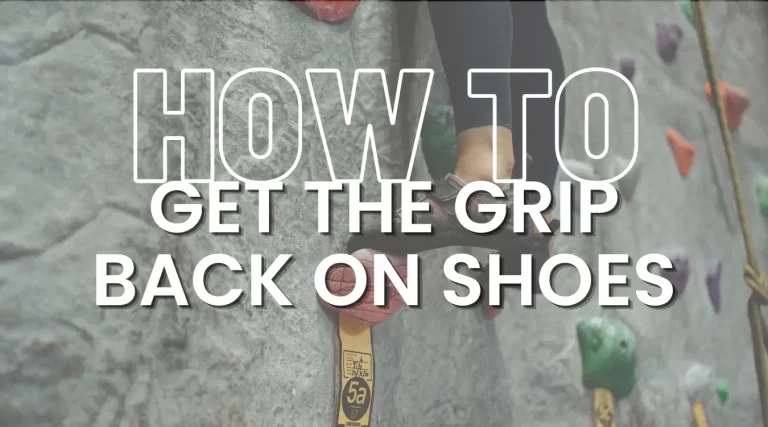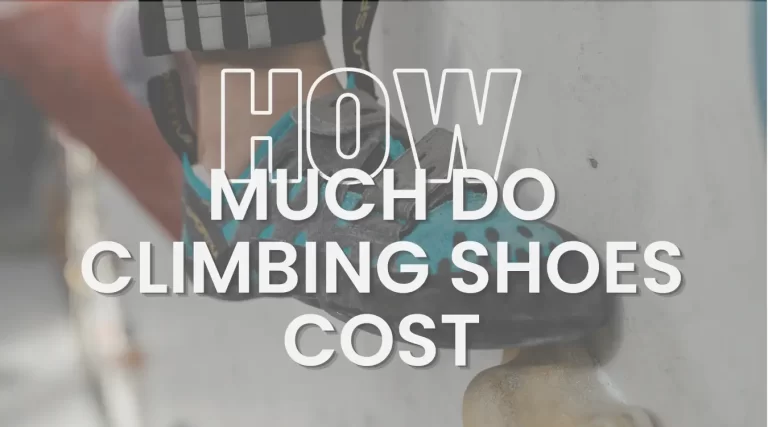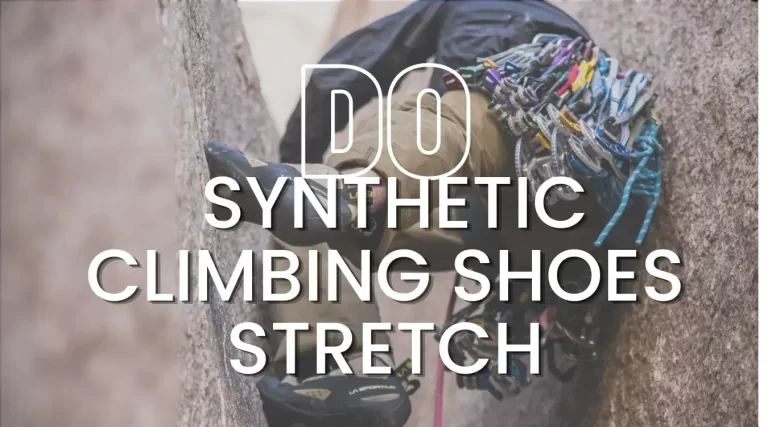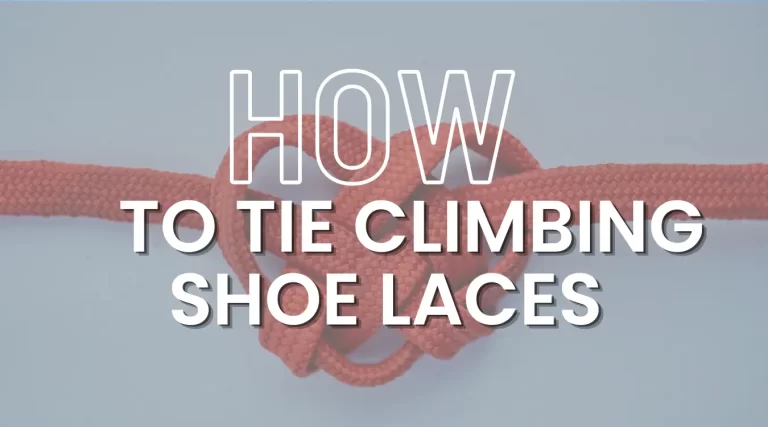We all like rock climbing shoes, and we bet you do too. Whether you’re searching for forcefully downturned climbing Shoe Laces for connecting your direction stone issues, an exact edging model for long limestone sports courses, or a nice kick for the entire day rock climbs, we take care of you with our top picks of 2022.
Furthermore, if you’re getting into the game, look at our rundown of the best stone climbing shoes for novices.
How To Lace Climbing Shoes
We’re enormous backers of making each piece of gear we own play out the best it can. For what reason should climbing shoes be unique? There are heaps of various shoe binding aides out there, which can get confusing quickly, so we’ve condensed what’s out there into a short guide concerning each point of the shoe laces. This should provide what most climbers would require.
Essential Key For Finding The Best Laces For Climbing Shoes :
Solid line —–> black & Gray, depict laces
Dashed line —>Black & Gray, indicate a hidden lace
Sawtooth Lacing.
All of the internal diagonals draw at a vertical curve, which redirects the alignment of the flanks.
Sensitive Upper Ridge
This component lessens stress on the upper shelf of the floor. (Performs nicely with an actual numeral of eyelets)
High Arches
This arrangement extends up the shoe’s central province, which can be employed to terminate the strain on a diplomatic area of the ground. (The void can be proceeded up and down to serve the climber).
Heel Slipping
This design draws the lid of the shoe, sealing your heel in location while not assembling the remains of the shoe too irritated.
Bunions / Wide front foot
It vacates the area and eases tension at the facade of the floor.
What is better: Velcro or laces?
Bands will definitely shred and tear, particularly with continued outside use or break climbing. Luckily, bands are moderately simple to supplant, and yet again, ribbon. Velcro, then again, won’t wear like bands will.
Best climbing shoes laces
Climbing is about execution and accuracy, and this is the situation numerous climbers have concerning purchasing shoes that use laces versus shoes that use velcro.
While velcro shoes offer the comfort of putting shoes on quickly, they probably won’t give as firm and tight a fit when contrasted with a bound set of shoes. Using laced shoes is particularly valid for individuals with smaller or more extensive feet than the typical individual.
Bound shoes make the fit around your underside like a subsequent skin. So what is a portion of these top best-bound climbing shoe choices to pick from?
How To Tie Climbing Shoes
There are numerous ways to tie your shoes. Some might be simpler than others. Whether you are trying to show a kid how to tie their shoes or you’re searching for another procedure, you’ll require a couple of patient hands and your #1 set of shoes. Attempt the standard bunch, or tie your shoes utilising the “rabbit ears,” “circle strategy,” or “Ian hitch” procedures.
Using the “Bunny Ears” Technique
- Put the shoes on a matte texture. Allow the laces to descend to either flank of the shoe.
- Hook a primary mess. Utilise both laces, knit one lace over the other, and drag them familiar. They should assemble a knot in the centre of the shoe.
- Complete a “bunny ear” circle with one of the laces. It would be okay if you were maintaining the lace between your thumb and your preferably two fingers. The circle should be short, and the “bottom” should be elongated.
- Hook a primary mess with the “bunny ear” spirals. Set one loop over the other, crease it after the other, and knit it via the gap constructed.
Alternate Rock Climbing Shoe With Laces
Specific types of ascent can be capital penalties for climbing shoestrings. If you are dragging your shoes through severe hardship, there’s a high opportunity for your bands to begin to shred and snap in the long run.
You could have seen that your stone climbing shoe strings aren’t your typical shoe ribbon. Each trim is made of serious areas of strength for a rope to limit stretch and increment the solidness of the ribbon.
How To Discover The Correct Size Shoelace
There is no typical altitude with references to climbing shoestrings. Most climbing shoestrings will change between 110 – 180cm long and around 3 – 5mm in breadth.
There are a lot of elements that will influence the size of trim you will require, for instance. Assuming you are utilising a high-top climbing shoe, a fold-over trim (like the Mythos), or a kid-explicit shoe, you should remember this while chasing after that ideal substitution shoestring.
By a wide margin, estimating your old ones is the least demanding method for determining what size of climbing shoestring you want. Just look at the laces of the shoes you are already wearing, and see if you prefer sticking to that size or not.
Branded Vs. Non-Branded. What’s Best For Me?
When you understand what size of rock climbing shoestrings you want, you have two or three choices accessible to you.
Branded Laces
I was shocked that it is so difficult to come by substitution climbing shoestrings.
After a short examination, a few makers offer substitution bands for their well-known ribbon-up shoe models, while others won’t give any substitution binds. Indeed, even the couple of producers I figured out how to find that do sell substitution binds, finding a retailer that sells them is difficult.
I chose to reach out to some of the significant climbing shoe producers and figure out what they propose.
Non-Branded Laces
On the off chance that your shoemaker doesn’t offer substitution bands, don’t overreact. A superb choice of options dissipated across the web will work comparably well.
What’s Best For Me?
Wrecked sets of climbing shoestrings aren’t the apocalypse. Contingent upon your financial plan and inclination, there are a lot of substitutes for a couple of broken rock climbing shoe laces. Buying bands intended for your shoes is the most secure wager as they are ensured to accommodate your particular shoe. That said, purchasing non-marked bands or simply some slender frill string can be practical other options to save a couple of additional bucks.
Our Favourite Lace-up Climbing Shoes
Many of our most cherished velcro shoes (the Miura, Katana, Finale, Vapor) have bound renditions to care for varying inclinations. Trim-up climbing shoes give more prominent customisation while dialing in the attack of your shoes and are frequently considered somewhat more accurate. A ribbon conclusion is utilised for shoes intended for specialised and vertical climbing styles.
Like everything, these sorts of climbing shoes, in all actuality, do have their disadvantages as well. Bands don’t precisely consider that simple on, simple off, the experience we search for in rec centre climbing shoes. Likewise, there’s a decent opportunity you should get some substitution climbing shoestrings sooner or later.
Climbing shoestrings are constructed substantially more solid than the commonplace shoe bands to endure much maltreatment. Bound shoes utilised for foot jams will break down ultimately as the bands experience high measures of grating from the stone.
FAQs
How much should I spend on climbing shoes?
The novice climbing shoe market is anywhere between $70 and $200. A significant part of the plan that goes into the more expensive shoes isn’t what a novice needs. You desire a primary solid-solid shoe.
How can I create my climbing shoes for further profit?
Having another set of climbing shoes is an extraordinary encounter. However, persuading them to be more agreeable can be interesting. My number one tip is to absorb the warm water to relax them. Then unravel the shoes for 10 minutes, and later, assume them off to parch. It helps them stretch and form to the size of your feet a little faster. The following are a pair of better leads to assemble your climbing shoes additionally friendly.
Why are climbing shoes designed to help complete?
While climbing, you desire your toes at the perimeter of the toe enclose request to boost the force exchange from your floor to the fence. Moreover, they require a firm, cozy fit to limit development that might make you sneak off a hold.
Why shouldn’t I use to lace up my shoes at home?
It is ideal to utilise velcro or slip-on for indoor moving, as this allows you to rapidly take your shoes off and rest your feet between climbs.
Should you wear sports socks with climbing shoes?
When in doubt, you would rather not wear socks while climbing. The additional sock layer can make your shoe somewhat slip, making you lose essential footing. In any case, if you are getting a couple of shoes or leasing a couple that is slightly too enormous, socks can assist with making a more cozy fit.
Conclusion
Now you have a clear idea of the ins and the outs of climbing shoe laces. Deciding between velcro and laces boils down to your own personal preference. The same goes for branded vs non-branded shoe laces. But if having a costly yet nice pair of laces can boost up your climbing game, don’t hesitate to spend a little extra money on the best shoelaces out there. Happy climbing.
